Oriental Dolls
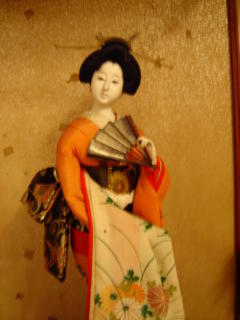


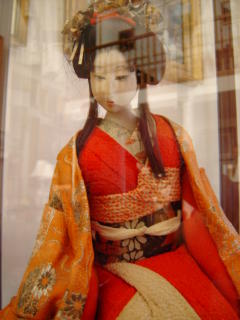
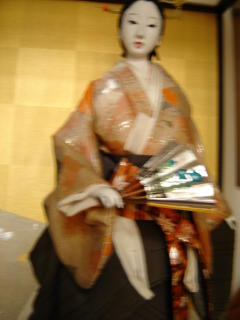
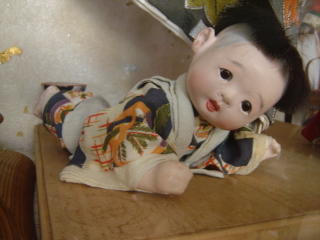
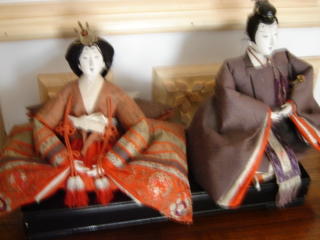
Dolls are of undeniable interest to a great many people. They are objects of beauty, they are cultural artefacts, they represent the human form in miniature, and as such hold great significance to me. I admire them for their creative beauty, for the cultures and the time in history which they represent. I enjoy being in their presence, as one would enjoy looking around on the walls of a gallery of fine paintings.
Japanese dolls in particular represent an effort by an ancient culture to inculcate a love of history and native culture in its young. There are recognized groups of dolls meant for boys, and these are Boys' Day Dolls, brought out of storage on this particular occasion, once each year. The same is true for girls' dolls, also brought out of storage (these dolls are seldom kept on daily display; Japanese homes are cramped for space and cannot afford to maintain a constant display of objects meant to be admired and studied once a year) for the yearly occasion of Girls' Day. Boys' dolls typically focus on former emperors of note, and warriors whose exploits form part of the historical record in Japan. Miniature suits of armour, as well as horsed warriors are also on display at these times, often in their own carefully constructed glass cases, sided with Pawlonia wood. Girls' dolls are more concerned with the portrayal of an Imperial Pair (Hina Matsura), accompanied with their retinue of servers, maidservants and manservants, often with their own Imperial Palace settings.
Japanese dolls' faces and hands are formed of a layer of carefully polished crushed oyster (gofun), over a wood base, and this polished oyster resembles porcelain, typically used in the faces and hands of western-style dolls from Germany and France. The eyes are glass and set into the face. To denote royalty eyebrows are absent and above where they would normally be, and central to the top of the face are painted in two dots (reflecting Imperial custom). Features are delicately and carefully painting in the finest tradition of doll making. There are also some dolls whose faces and hands are fashioned of silk, instead of gofun.
There are also other types of dolls, bespeaking regional traditions of doll-making. Some that are entirely made of wood, and with stiffly ornate cloth pasted over the wood, for the traditional clothing in miniature of full-sized peoples' clothing. There are clay dolls, brightly painted, which represent other cultural geographic areas in Japan.
And there are dolls, rotund in shape, beautifully fashioned, which were given as gifts to the heads of aristocratic households which, to obtain their gift doll, custom decreed that they had to suffer considerable expense to move their entire households and retinues temporarily to the palace of their overlord. This custom grew from a need to beggar a lord's underlings lest they use their wealth to fund armies to overthrow their lord.
There are exquisite dolls which are posed to play traditional Japanese musical instruments, beautifully rendered in miniature. And dolls which represent No theatre, and traditional Kabuki dancers. The costumes of these impeccably-created dolls are made of fabrics loomed in miniature, specifically for the purpose of dressing these artefacts.

<< Home